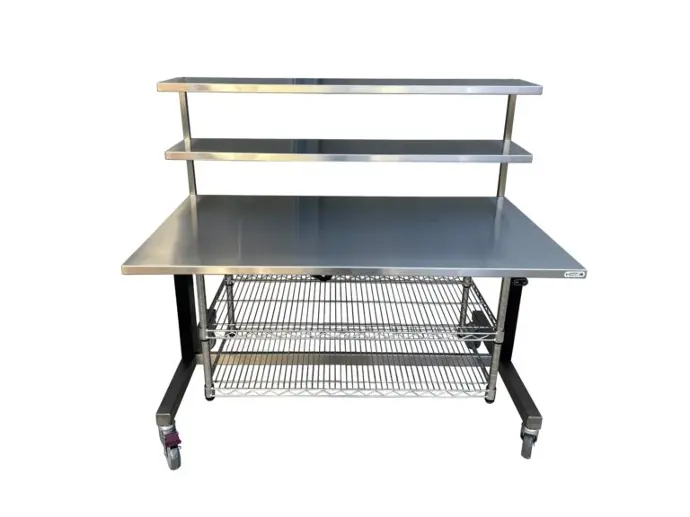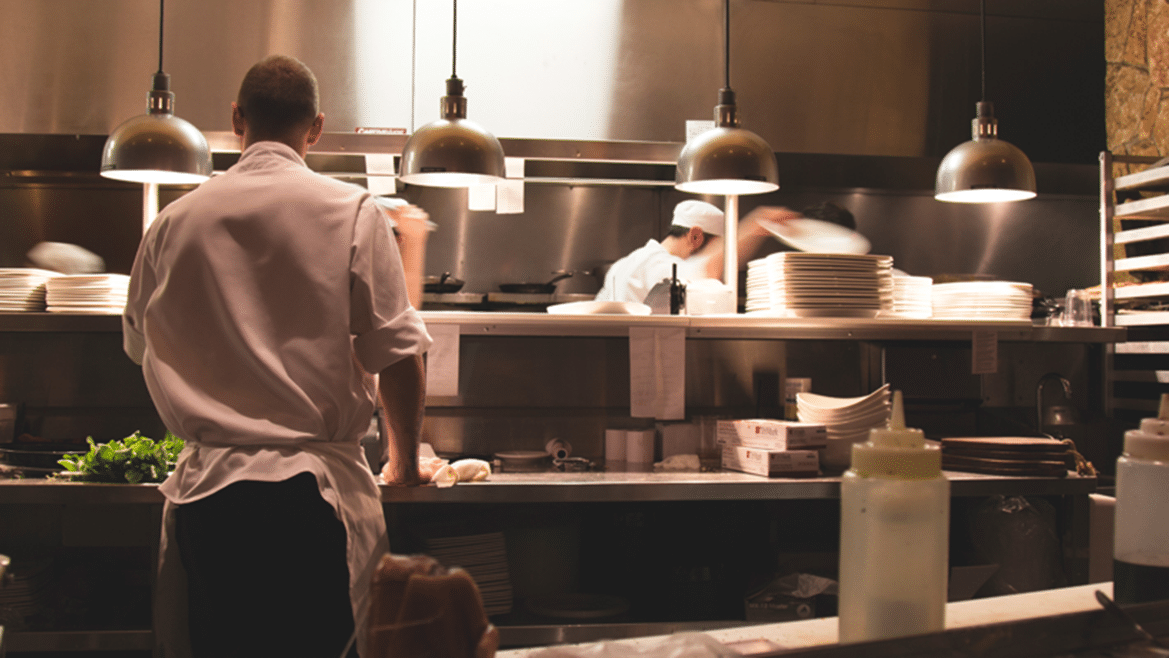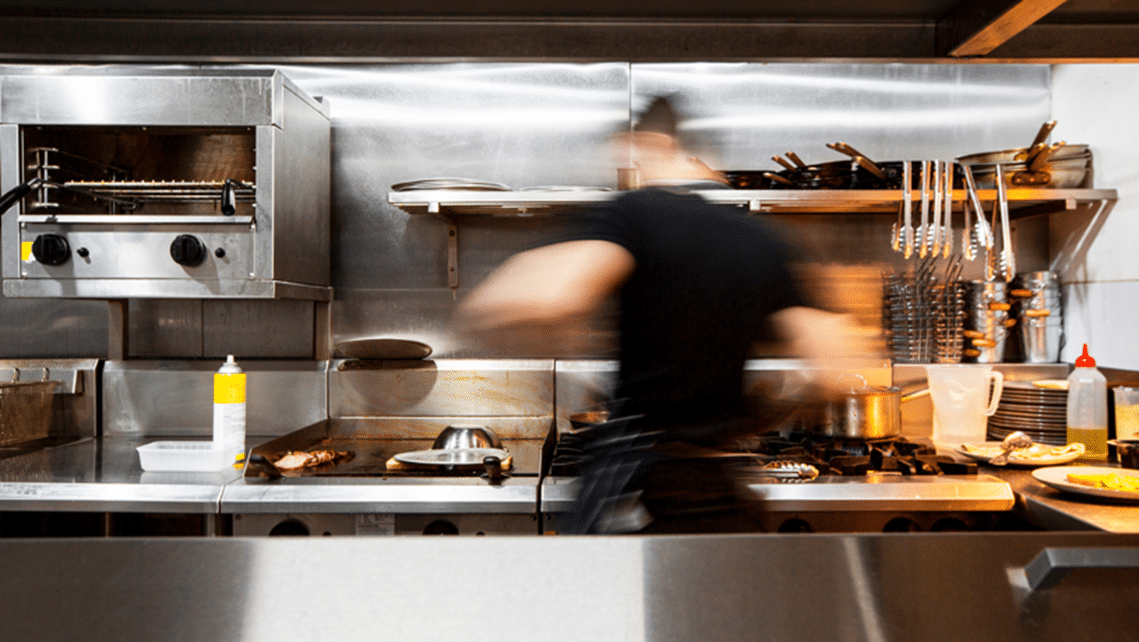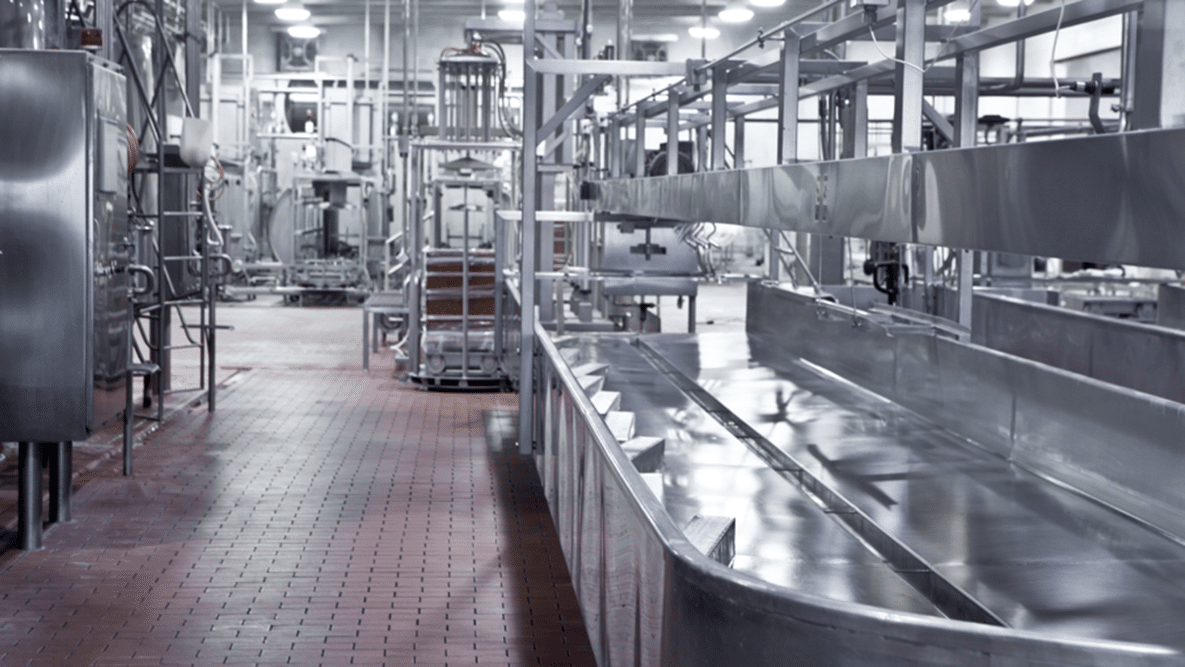In the bustling arena of commercial kitchens and food processing facilities, space management and operational efficiency are paramount. With the diverse range of Emery Industries’ food service products there are innovative solutions at hand. This article explores how to leverage these tools to create a more productive and streamlined kitchen environment.
Effective space management starts with strategic layout planning. Focus on designing a layout that maximizes available space while ensuring a smooth workflow. Consider the placement of equipment and workstations to minimise movement and clutter. Utilising a triangle layout between the main work areas – preparation, cooking, and cleaning – can significantly enhance efficiency.
Opt for versatile equipment that serves multiple functions. This approach is particularly beneficial in limited spaces, reducing the need for numerous specialized pieces. For instance, a combination oven can perform the tasks of roasting, steaming, and baking, all in one unit. Similarly, worktables with built-in storage or sinks can save considerable space and streamline operations.
Install shelves at various heights to accommodate different types of kitchen equipment and supplies. For instance, frequently used items should be placed on lower shelves for easy access, while seldom used or bulky items can be stored higher up. Opt for adjustable shelving systems that can be reconfigured as your storage needs change.
Mobile prep stations are a game-changer in busy kitchens. Equipped with wheels, these stations can be easily moved around to where they’re needed most. For instance, during peak hours, a mobile prep station can be moved to the main cooking area for quick access to prepped ingredients.

Implementing ergonomically designed equipment is crucial for maintaining a productive workforce. Ergonomic designs reduce physical strain on staff, leading to increased comfort, lower risk of injury, and enhanced productivity. This includes adjustable height sinks, ergonomically designed utensils, and equipment positioned to minimise bending and stretching. The goal is to create a workspace where efficiency and staff well-being go hand in hand.
To illustrate the impact of modular food prep stations, let’s consider a few hypothetical scenarios:

A restaurant is launching a new menu that requires different prep processes. With modular stations, the kitchen can be quickly reconfigured overnight to accommodate these new processes, ensuring a seamless transition.

A small cafe with limited kitchen space needs to optimize every inch. By implementing modular stations, they can create a layout that maximizes their available space, enabling them to work efficiently even in a compact area.

A food processing facility notices an increase in worker discomfort and injury. By introducing height-adjustable modular stations, they can significantly reduce ergonomic risks, leading to happier, healthier, and more productive employees.
Embracing smart design, multi-functional equipment, and ergonomic solutions is essential in the quest for efficiency in commercial kitchens. By incorporating Emery Industries’ food services products hospitality professionals can significantly enhance both space utilisation and operational efficiency, paving the way for a more productive, less stressful kitchen environment.